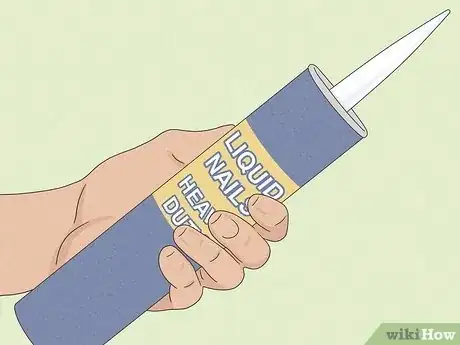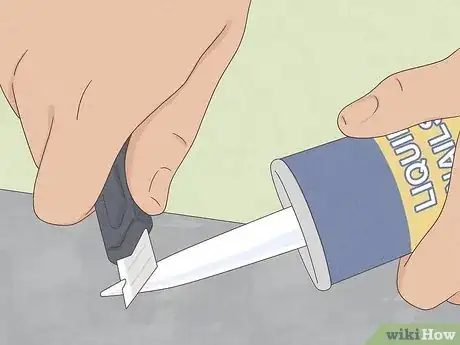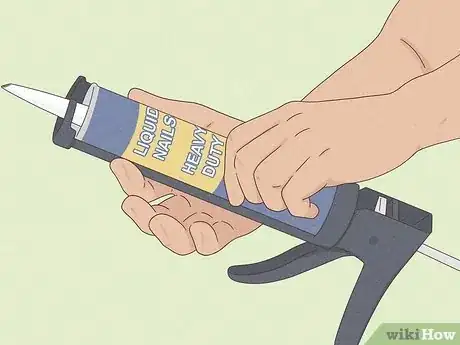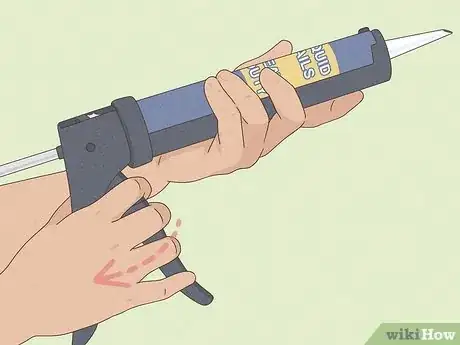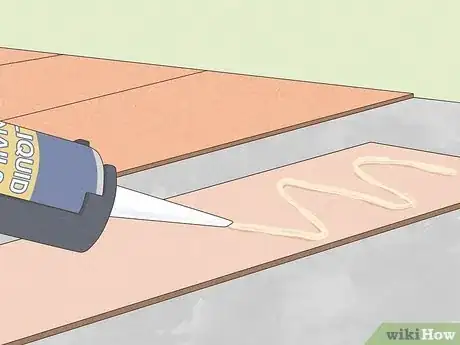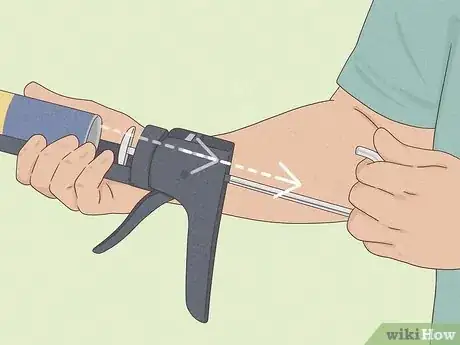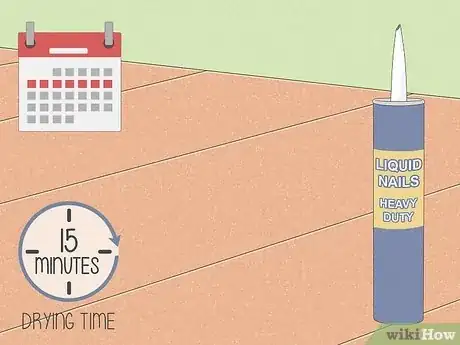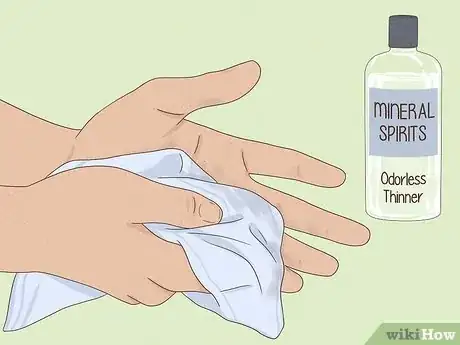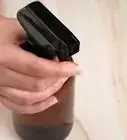This article was co-authored by wikiHow staff writer, Eric McClure. Eric McClure is an editing fellow at wikiHow where he has been editing, researching, and creating content since 2019. A former educator and poet, his work has appeared in Carcinogenic Poetry, Shot Glass Journal, Prairie Margins, and The Rusty Nail. His digital chapbook, The Internet, was also published in TL;DR Magazine. He was the winner of the Paul Carroll award for outstanding achievement in creative writing in 2014, and he was a featured reader at the Poetry Foundation’s Open Door Reading Series in 2015. Eric holds a BA in English from the University of Illinois at Chicago, and an MEd in secondary education from DePaul University.
There are 8 references cited in this article, which can be found at the bottom of the page.
This article has been viewed 11,527 times.
Learn more...
If you’re looking to bind two materials together, it’s hard to find a better solution than Liquid Nails. It’s versatile, it works with basically every kind of building material, and it sets quickly. However, it can be a little intimidating to use if you aren’t super familiar with it. It’s easy enough once you get the basics down, and we’re here to show you how it works. Read on to learn everything you need to know about using Liquid Nails.
Things You Should Know
- Choose which version of Liquid Nails to use. For general purposes, try the Heavy Duty or Fuze*It products.
- Use a caulk gun to apply Liquid Nails in a zigzag pattern. For an even stronger bond, use 2 zigzag patterns that overlap.
- Most Liquid Nails products take 15 minutes to set but 7 days to fully cure. Avoid using the surface for 7 days.
Steps
References
- ↑ https://gambrick.com/does-liquid-nails-work-on-metal/
- ↑ https://assets.unilogcorp.com/187/ITEM/DOC/Liquid_Nails_100011788_Catalog.pdf
- ↑ https://youtu.be/4xCMCSwzluI?t=8
- ↑ https://assets.unilogcorp.com/187/ITEM/DOC/Liquid_Nails_100011788_Catalog.pdf
- ↑ https://youtu.be/WSoaX4kgMeg?t=19
- ↑ https://www.thecoldwire.com/how-to-use-caulk-without-gun/
- ↑ https://assets.unilogcorp.com/187/ITEM/DOC/Liquid_Nails_100011788_Catalog.pdf
- ↑ https://assets.unilogcorp.com/187/ITEM/DOC/Liquid_Nails_100011788_Catalog.pdf
- ↑ https://www.bobvila.com/articles/how-to-use-a-caulk-gun/
